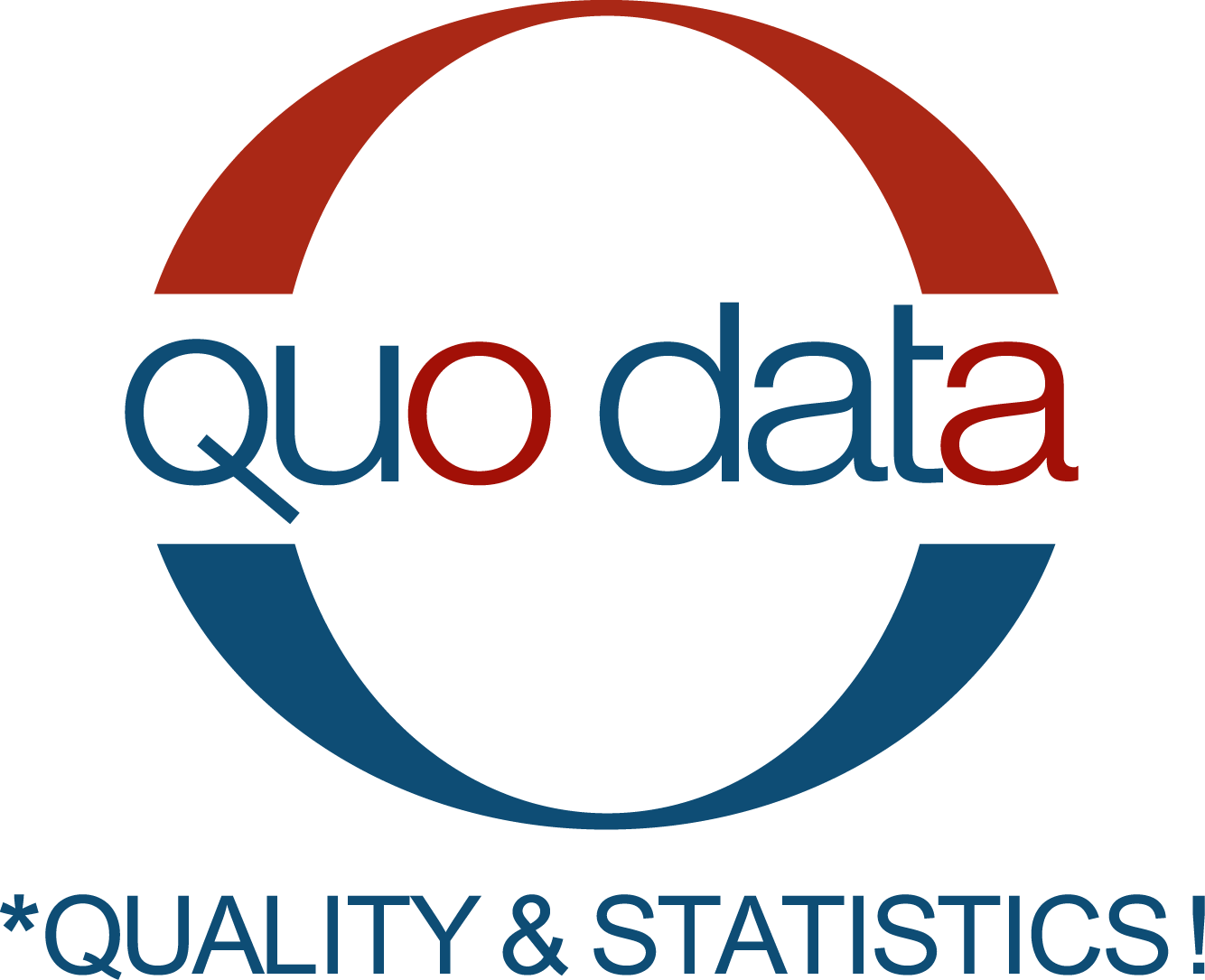GSR Eignungsprüfungsprogramm - ISO/IEC 17043 akkreditiert
Internationales Eignungsprüfungsprogramm zu Schmauchspuren für forensische Labore
Seit 2010 organisiert und evaluiert die quo data Gesellschaft für Qualitätsmanagement und Statistik mbH im Auftrag des European Network of Forensic Science Institutes (ENFSI) selbstständig die jährlichen Runden des internationalen Eignungsprüfungsprogramms für den Nachweis und die Klassifizierung von Schmauchspuren (GSR Quality Scheme).
Vorteile der Teilnahme an jährlichen GSR EP-Runden für Forensik-Labore:
- Anspruchsvolle Proben, die eine umfassende Auswertung der Labor-Performance ermöglichen
- Web-basiertes Tool zur weiteren internen Qualitätskontrolle inklusive
- Aktiv unterstützt durch Mitglieder der ENFSI-Expertenarbeitsgruppe „Firearms/GSR“
- DIN EN ISO/IEC 17043:2010 akkreditiert
Im GSR Quality Scheme werden spezifische Proben zur Detektion und Klassifizierung typischer Schmauchspur-Partikel (mit Blei, Barium und Antimon) synthetisch hergestellt und an die Teilnehmer verschickt, die ihr laborspezifisches Verfahren für die automatisierte Analyse zum Nachweis von GSR-Partikeln mittels SEM/EDS gemäß ASTM E1588 nutzen.
Seit April 2022 ist dieses weltweit einzigartige GSR-Eignungsprüfungs-Programm der quo data Gesellschaft für Qualitätsmanagement und Statistik mbH von der DAkkS nach DIN EN ISO/IEC 17043:2010 akkreditiert.
Die Akkreditierung gilt für den in der Anlage zur Akkreditierungsurkunde D‑EP‑21563-01-00 aufgeführten Geltungsbereich. Durch diese Akkreditierung erfüllt die quo data Gesellschaft für Qualitätsmanagement und Statistik mbH die Anforderungen des ASTM E3255-21-Standards.
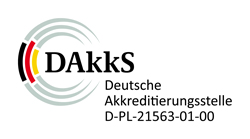
Der vollständige Umfang der Akkreditierung ist der Akkreditierungsurkunde nach DIN EN ISO/IEC 17043:2010 und deren Anlage zu entnehmen.
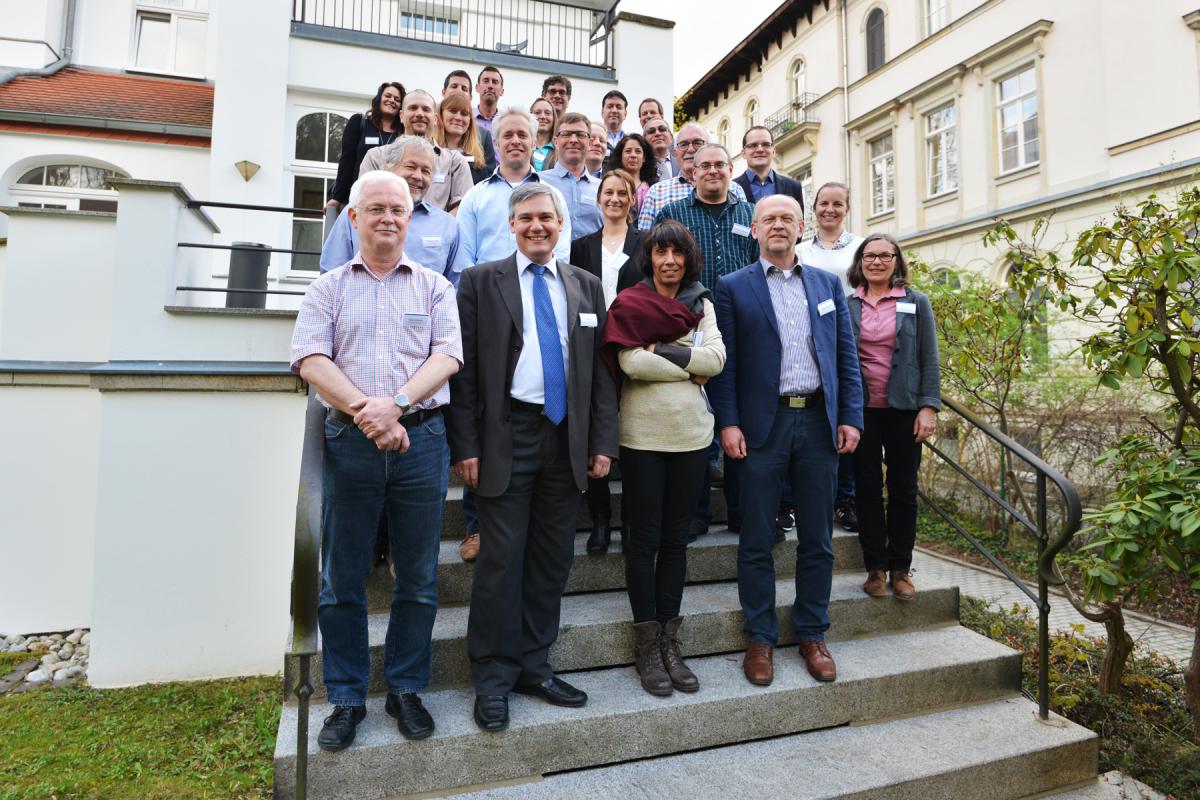
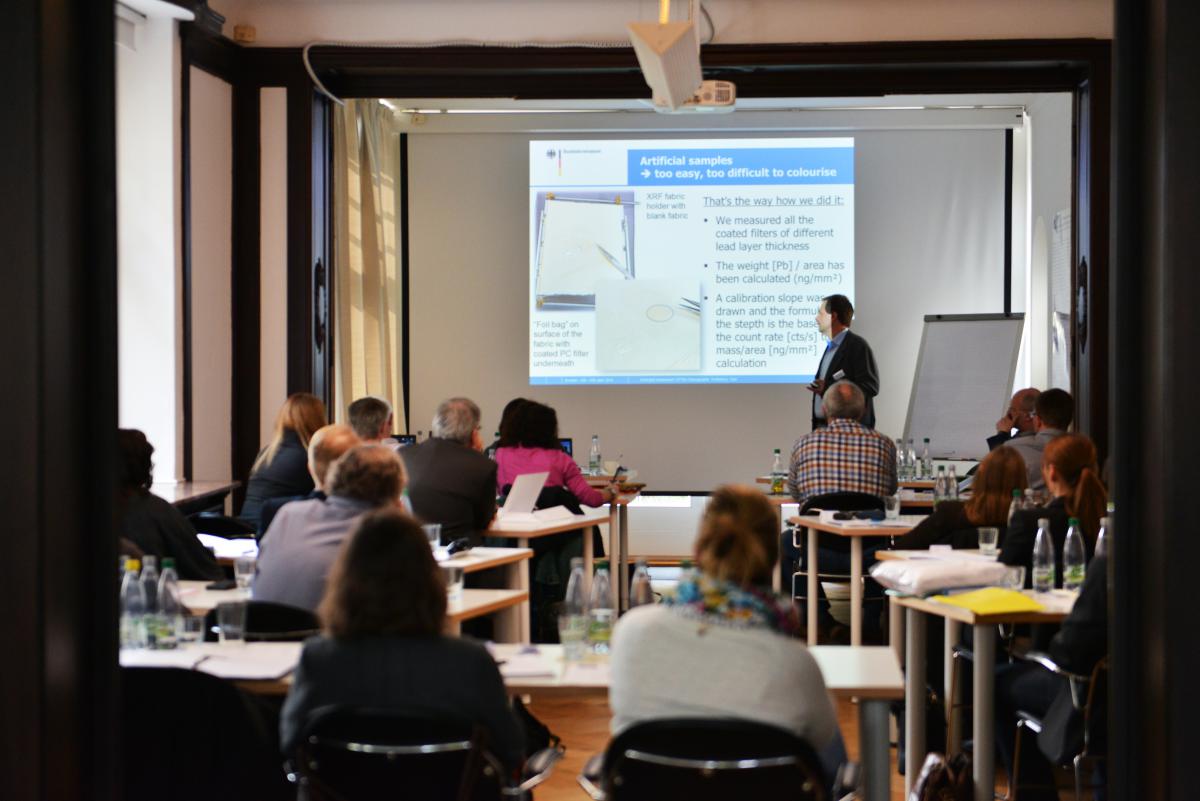
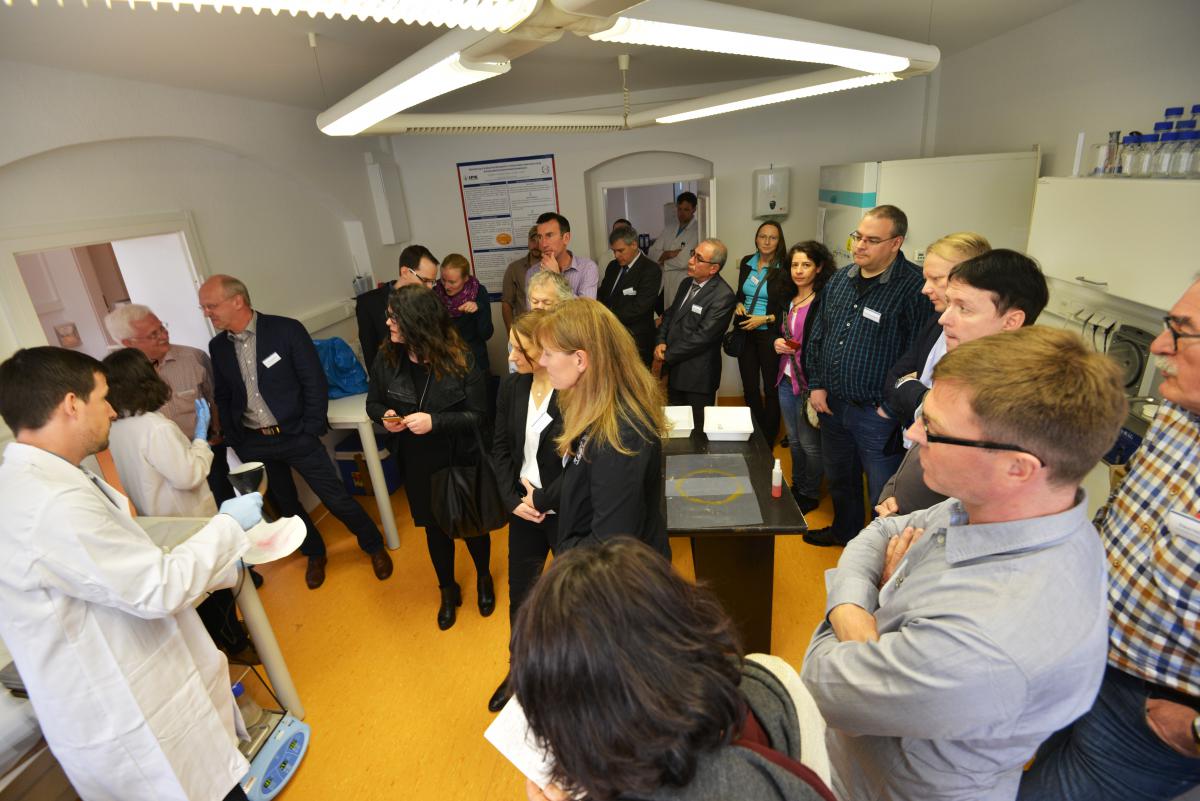
Fotos vom Abschlusstreffen des internationalen PT zur forensischen Bestimmung der Schussentfernung im April 2016, das von QuoData organisiert und bei QuoData in Dresden durchgeführt wurde.
GSR2025 – Aktuelle Informationen
Die GSR2025-EP-Runde ist erfolgreich zu Ende gegangen. Der Ergebnisbericht und die Teilnahmezertifikate stehen nun für die Teilnehmer elektronisch bereit.
Wir möchten uns herzlich bei allen Laboratorien für ihre Teilnahme bedanken!
Vorankündigung der GSR2026-EP-Runde
Die Vorbereitungen für die nächstjährige Eignungsprüfung sind bereits in vollem Gange – die GSR2026-EP-Runde wird voraussichtlich im Januar 2026 angekündigt werden.
Teilnehmer vorangegangener GSR-EP-Runden werden per E-Mail benachrichtigt. Bitte behalten Sie Ihre eingehenden E-Mails und auch den Spam-Ordner im Blick, damit Sie unsere Nachricht nicht verpassen!
Falls Sie noch nicht an einer unserer Forensik-Eignungsprüfungen teilgenommen haben, dies aber gerne möchten – staatlich zugelassene kriminaltechnische Laboratorien und alle Mitglieder des European Network of Forensic Science Institutes (ENFSI) können gerne eine Teilnahmeanfrage stellen. Bitte füllen Sie dazu das hier bereitgestellte Online-Bewerbungsformular aus:
https://forensics-pt.quodata.de/pt-participant/lab_applicant/add
Weitere Eignungsprüfungen im Bereich Forensik - organisiert von QuoData
Als Forensik-Experte können Sie auch an unserer Eignungsprüfung zur Abschätzung der Schussentfernung mittels chemographischer Färbung teilnehmen. Weitere Informationen finden Sie auf unserer SDD Eignungsprüfungsprogramm Website.
Wenn Sie Fragen zu einem unserer Eignungsprüfungsprogramme im Bereich Forensik haben, können Sie uns gerne über die folgende E-Mail-Adresse kontaktieren: forensics-pt@quodata.de .
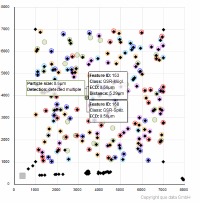
Online-Tool zur GSR-QC-Analyse
Dieses Webtool ermöglicht die automatische Auswertung hochgeladener Qualitätskontrollmessungen von GSR-PT-Proben aus den Jahren 2010 bis 2025 und der „Standard-GSR-Probe“.
Nach dem Import ihrer Daten wird ein umfassender PDF-Bericht sowie ein dynamisches Diagramm erstellt, das verschiedene Auswahlkriterien für eine vertiefende Auswertung bereitstellt.
